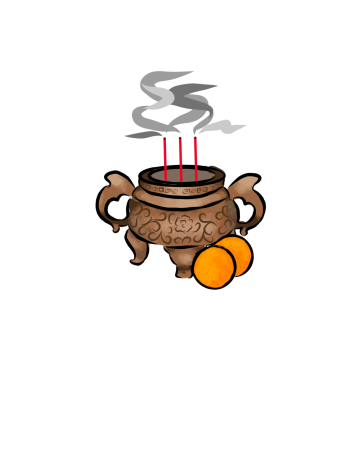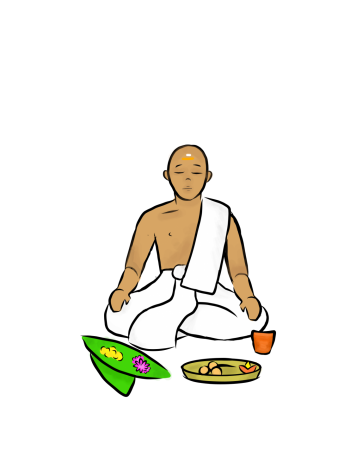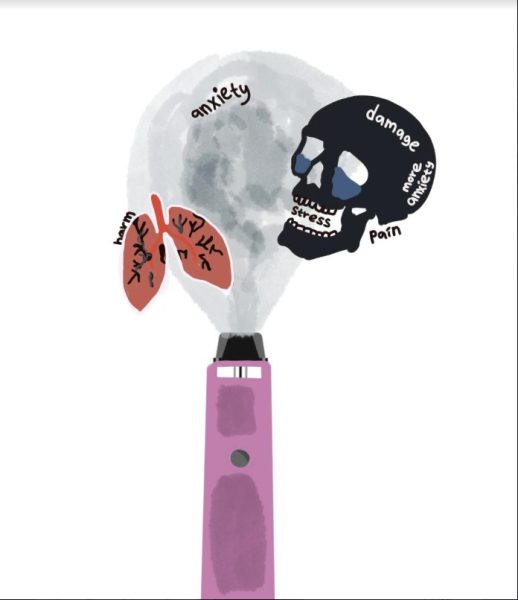Holidays for the Dead Around the World
Across the globe, there are many different holidays to venerate and celebrate the dead and the afterlife
Qingming Festival, China
Qingming Jie occurs 15 days after the spring equinox- which takes place around April 4- and is celebrated around the world by Chinese families. Also known as Ancestor’s Day or Tomb-Sweeping Day, Chinese families will visit family graves to sweep and clean the gravesite, pray to their ancestors and leave ritual offerings. These offerings include fruit, burning incense and joss paper. Joss paper, or jin zhi, is also known as netherworld paper, as it is believed that this paper, once burned, will provide money for their ancestors in the afterlife. Chinese people have celebrated this holiday for thousands of years and developed a myriad of customs. For example, it’s sacrilegious to cook or light a fire on this date, so offerings and other foods are prepared the day before. The holiday highlights the Chinese concept of ancestral veneration and filial piety, which is a hallmark of Chinese culture.
Día De Los Muertos, Latin America
Día De Los Muertos was brought into modern culture’s spotlight after Disney’s movie, Coco, which featured many important aspects of the holiday. The Day of the Dead was originally celebrated in mid to late summer. Due to European colonization, the Day of the Dead became associated with All Hallow’s Eve, or Halloween, and was delayed to late October. To celebrate Día De Los Muertos, families will go to cemeteries or private graves to place ofrendas, or offerings, such as orange Mexican marigolds, candies, toys and other foods. Families will often leave out blankets and pillows so the spirits of their ancestors may rest after their long journey to the land of the living. Different Latin American countries have many different local traditions, the product of the diverse people that live across Central and South America. Customs also change with time; a recent development is a Halloween-esque custom of trick-or-treating.
Information courtesy of National Geographic
Pitru Paksha, India
Pitru Paksha, also spelled Pitri Paksha, is a Hindu holiday to pay homage to one’s ancestors. The holiday always falls on the second week of the ninth Hindu lunar month, which lands anywhere from mid-September to early October. Many customs surround this ancient holiday. One such example involves at least one son of a family performing a sacred but inauspicious ritual Shraddha. The ritual is a death rite that involves inviting a Hindu priest, or Brahmanaas, into one’s home and performing a set of rituals. Since Pitru Paksha occurs over a fortnight or two weeks, that starts at the full moon and ends at the new moon, each day is reserved for certain people. For example, the ninth lunar day is also known as Avidhava Navami, or “unwidowed ninth,” and the shraddha ritual for married women, whose husbands have already passed away, must be performed on this date. Due to its long history, Pitru Paksha has many more complex customs such as ritual recitations of holy books, offerings of sacred foods and more.
Information courtesy of the India Times
Chuseok, Korea
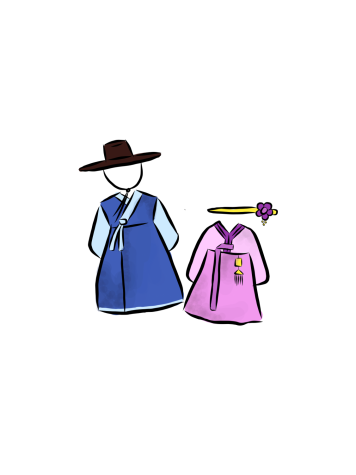
Chuseok, a Korean holiday, is just one of many holidays that honor the dead.
Although Chuseok is a harvest festival, it is associated with two important customs, charye and seongmyo. Chuseok, similar to a lot of other East Asian harvest festivals, involve families meeting together in their ancestral hometown to celebrate the eighth full moon of the lunar year. The holiday is usually around the time of the autumn equinox. Charye is the custom of memorial services of ancestors in one’s home, whereas seongmyo is the practice of visiting ancestors’ gravesites. There, families will clean and sweep the graves, a tradition also known as beolcho. During Chuseok, families will make and eat songpyeon, a rice cake stuffed with sesame seeds, jujube or honey, as well as hangwa, japchae, bulgogi and baekseju.
Information courtesy of Asia Society, the Medium digital magazine and the Funeral Guide
Sources:
Qingming Jie: my own knowledge
Día De Los Muertos: https://www.nationalgeographic.org/media/dia-de-los-muertos/
Pitru Paksha: https://timesofindia.indiatimes.com/astrology/rituals-puja/pitru-paksha-2019-dates-and-significance/articleshow/71109085.cms
Chuseok: https://asiasociety.org/korea/chuseok-korean-thanksgiving-day
https://www.funeralguide.com/blog/chuseok-celebrations-remembering-dead

Hey, Woodbridge! I'm so excited to bring the Golden Arrow to you this year as a Co-Editor-in-Chief. Working with our amazing team, I will strive to maintain...
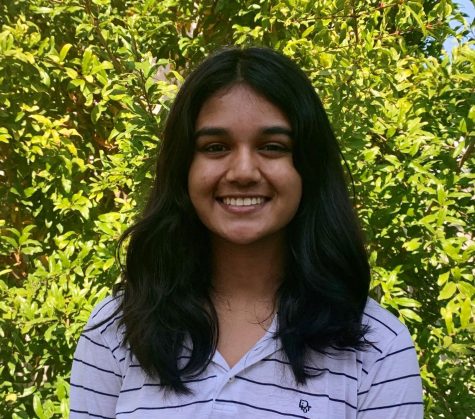
Hey Warriors! I am so excited to begin another volume of the Golden Arrow. Coming into my third year in journalism, I plan to serve our publication as...



